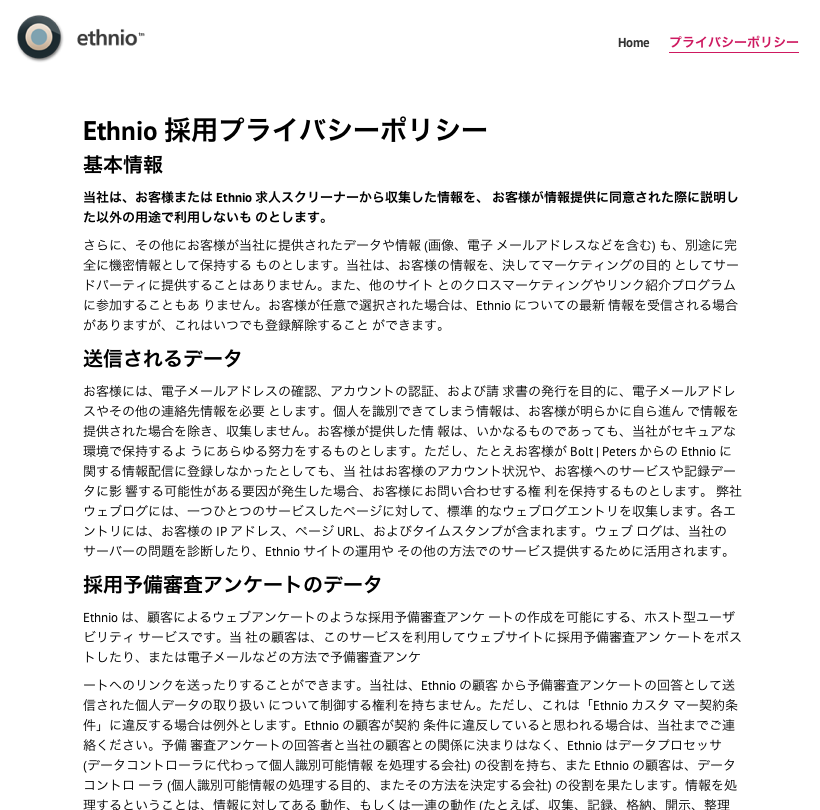A Native Language Approach
by Ethnio. Average Reading Time: about 2 minutes.
It’s becoming increasingly common to want to talk to users of technologies in other countries other than your own. Often times, this means communicating with people who are not native speakers of your language. This can be a very challenging aspect to a project, especially when it comes to recruiting, and it is something that we at Bolt | Peters have had to deal with a number of times. During a recent study of Japanese early adopters, we noticed a very interesting thing – When we tried recruiting Japanese participants over the phone, voicemails in english yielded a 0% response rate. Upon having a Japanese speaker leave the exact same message to the same potential recruits, we received a 50% response rate. The interviews were still in English.
It is critical that you, as a researcher, make the recruiting process as familiar to these international participants as possible. Even if they do speak your native language, they may not be strong speakers of it, and subsequently will feel embarrassed or nervous that they might not understand everything that is initially trying to be conveyed. This will make people not want to participate in the study, and that’s just bad news for everyone involved. Once they are more comfortable and settled into the study, it is much easier to continue doing the study in your native language.
What we did to improve response rates was translate a number of the services that we normally use into Japanese. Below is an example of the Ethnio privacy policy translated into Japanese.
And recruiting isn’t the only place where translation is helpful. Consider card sorts and other forms of unmoderated research. If there isn’t an English speaker there to guide the participant, the participant may get confused and abandon the project halfway. It’s super easy to get services like OptimalSort and Usabilla translated into other languages. You can contact the makers of these tools and inquire how you can help translate them into other languages, and they will usually provide you with a spreadsheet of some sort. For a fairly cheap price, you can get all of the information in those translated by an agency, and voila – you’ve just contributed to making UX a more global practice. Here’s what OptimalSort looks like in Japanese.
Have you had any experiences trying to conduct UX research in other countries using the native language of the population you are recruiting from? Let us know, we’d love to hear how you do global research.


